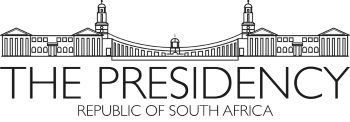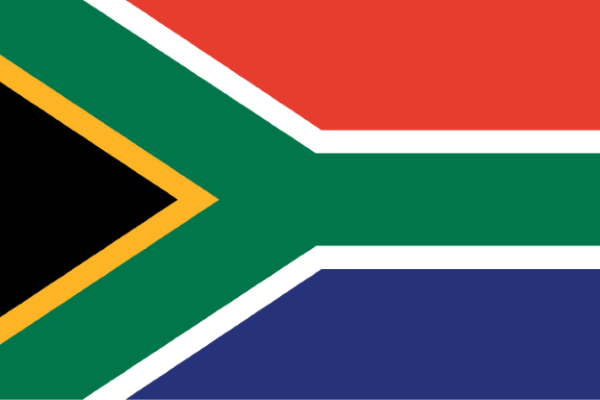The Order of Ikhamanga in Gold

Mr Johaar Mosaval Awarded for:
His exceptional contribution to the performing arts, particularly ballet dancing. His exceptional talent led him to be the first black South African to become a senior principal dancer at the Royal Ballet.
Mr Johaar Mosaval, who was born on 8 January 1928, had humble beginnings; his family lived in District Six, a former inner-city residential area in Cape Town.
He was the first black South African to become a senior principal dancer at the Royal Ballet, which is the highest rank in the profession at one of the world’s most prestigious classical ballet companies.
His journey to the Royal Ballet at the height of apartheid saw him dancing for Queen Elizabeth II and being the first black performer on the ‘whites-only’ Nico Malan stage in the 1970s.
Mosaval has performed, mostly as a soloist, all over the globe, and has shared the stage with the likes of prima ballerina’s Margot Fonteyn, Elaine Fifield and Doreen Wells. He danced Jasper Sir Arthur Sullivan’s Pineapple Poll ballet, which premiered in 1951 at Sadler’s Wells Theatre. He also played Bootface in The Lady and the Fool and Puck in The Dream.
He became revered for his wide-ranging styles and flawless technique, and was chosen to dance in Benjamin Britten’s Opera Gloriana, the first performance presented at the Royal Opera House, London, in 1953, during the celebrations of the coronation of Queen Elizabeth II.
He describes the experience as the highlight of his life because the event was attended by kings, queens and presidents, including then British Prime Minister Winston Churchill. During the interval he was taken to be presented to Her Majesty Queen Elizabeth, Princess Margaret and Prince Philip, Duke of Edinburgh.
After two years in London, Mosaval excelled at his studies and was preparing to return to South Africa, despite being told that he would never ‘make it’ as a professional dancer. Mosaval returned home in 1976.
He started teaching in Mitchells Plain and Paarl in the Western Cape. While dancing in Michel Fokine’s Petruskha, Mosaval’s contract stated that he was not allowed to touch a white ballet dancer with his bare hands.
By 1975, the theatre allowed all races onto its premises, but black people required a permit to enter. As a result, the boycott of the theatre lasted until the end of apartheid.
He opened his own ballet school in 1977 and was employed as the first black Inspector of Schools of Ballet under the then Administration of Coloured Affairs. He resigned this position when he discovered that he could share his expertise only with a certain segment of the population.
Subsequently, the apartheid regime closed his school because it was multiracial. Following the principles of his mentor, Dulcie Howes, Mosaval wanted to share his knowledge and love of ballet with students of all races, so he continued to find ways to dance and to teach.




